A Glimpse into Albanian Heritage

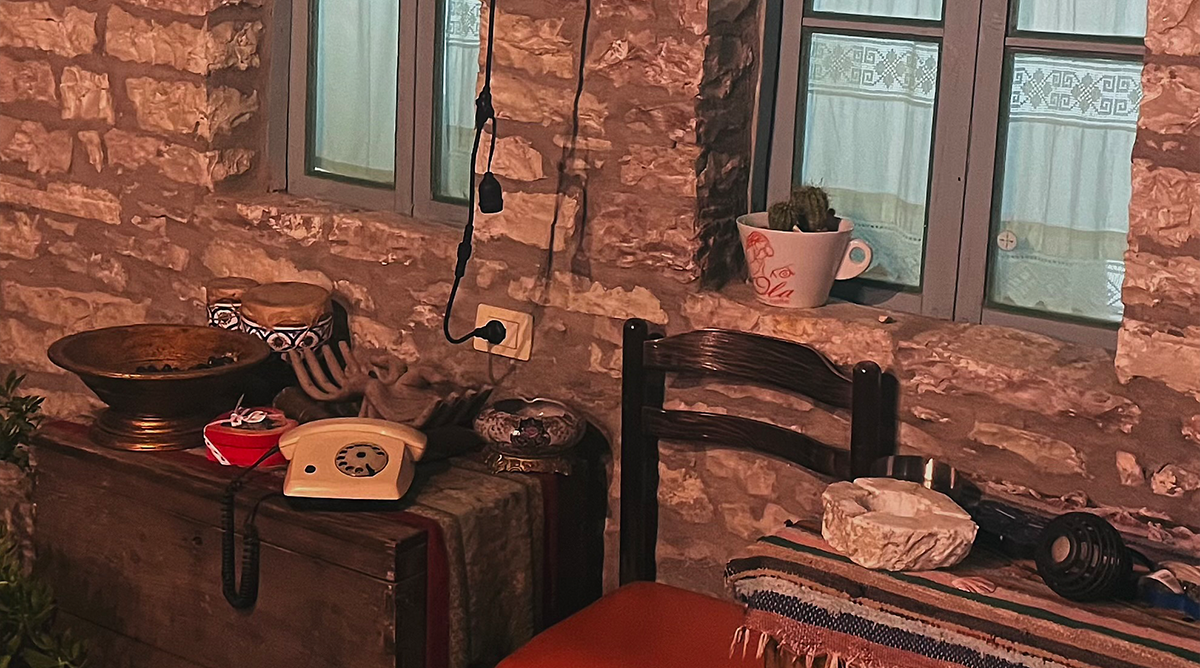
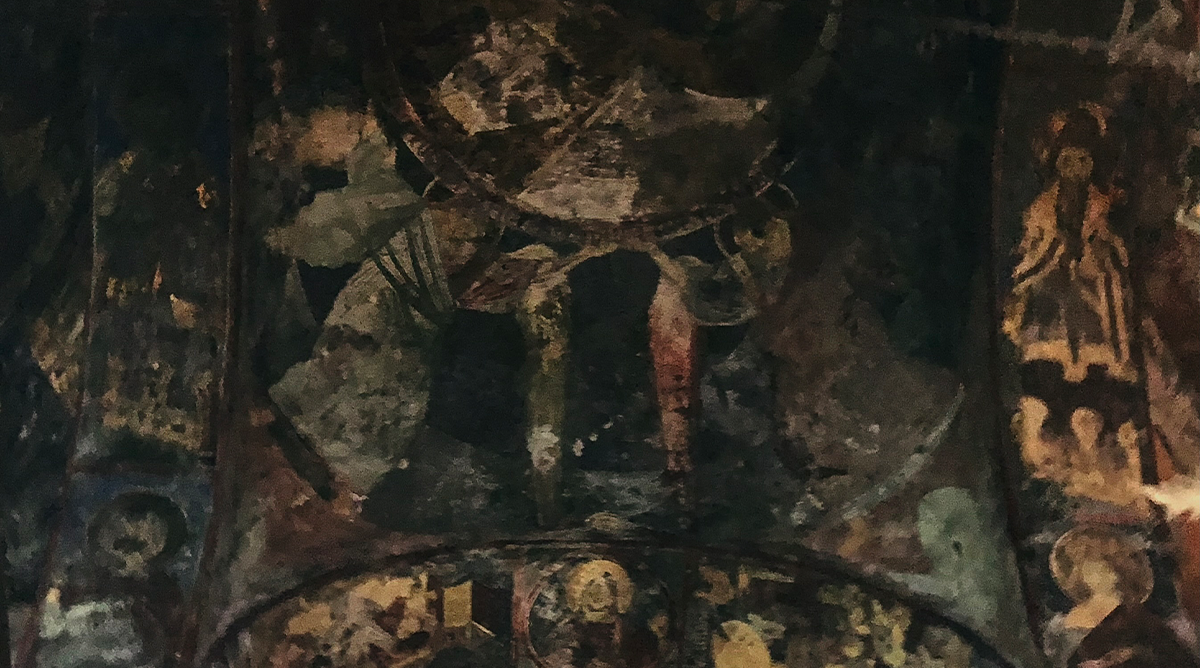
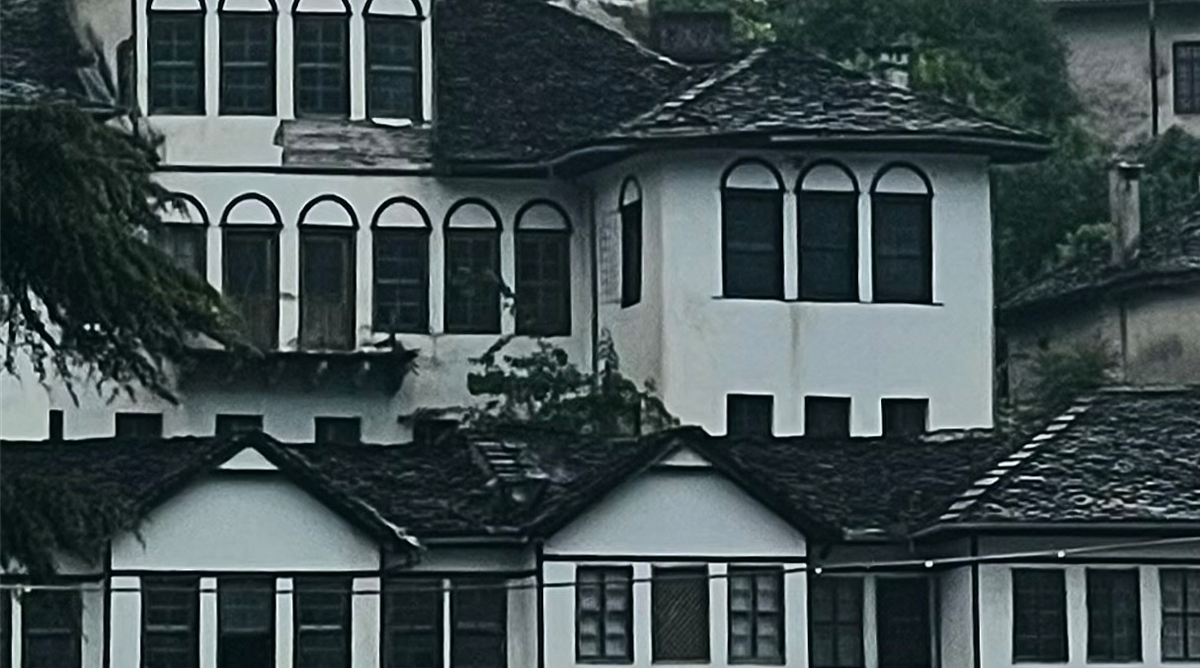
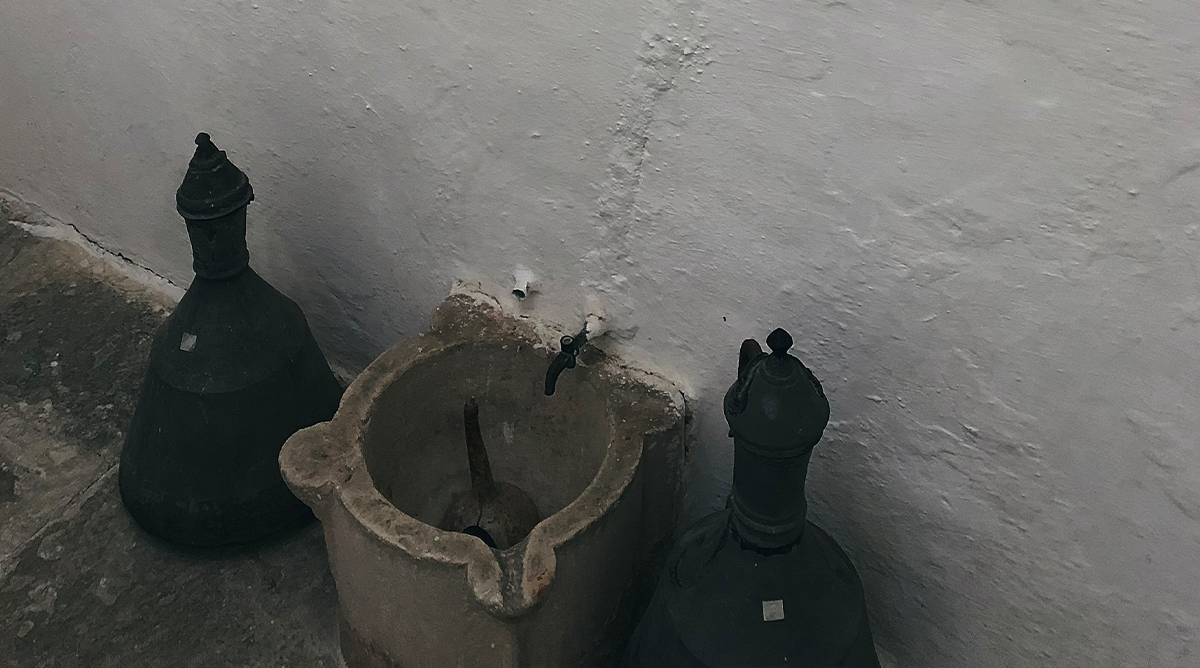
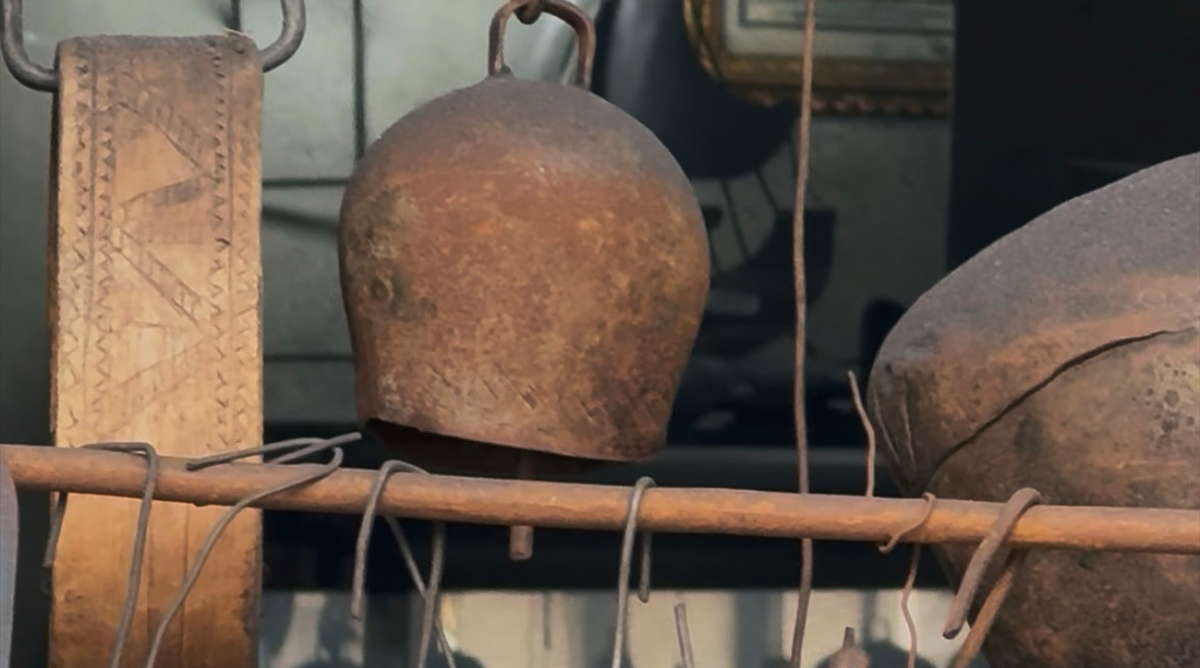
A Glimpse into Albanian Heritage
The Guest Room: A Sacred Space of Hospitality
In traditional Albanian homes, especially in the northern and central regions, the Oda e Miqve — the guest room — held a place of honor. This was not merely a room, but a symbol of respect, dignity, and communal memory. It was where elders gathered, decisions were made, and guests were received with pride.
The wooden ceilings, handcrafted with geometric intricacy, speak of a time when every detail was a form of expression. The embroidered white curtains and symmetrical window layout brought light and serenity into the room, reflecting the values of clarity and harmony that shaped Albanian domestic life.
The Ritual of Water and Metal
Stepping into the stone chambers of old Albanian houses, even the simplest corner tells a story. A carved sink embedded in the wall, a gourd resting inside, and hand-forged metal vessels nearby — all speak to the rituals of daily life. These were not disposable objects. They were passed down, repaired, reused.
The water basin, with its curved alcove, shows a deep understanding of form and function. The copper and tin containers, darkened by time, still hold the memory of hands that used them.
Church of Saint Nicholas: Frescoes of a Lost Era
Built in the 18th century in Voskopoja, the Church of Saint Nicholas stands as one of Albania’s most important religious and artistic monuments. Its interior is decorated with frescoes painted in 1726 by David Selenica — a master of post-Byzantine art — whose work is considered among the finest of his time.
Selenica’s paintings, rich in detail and perspective, combine Byzantine tradition with the artistic developments of the 18th century. Among them is a striking portrait of the church’s founder, Haxhi Jorgji, rendered with rare realism. Two decades later, Albanian painters Kostandin and Athanas Zografi added their own frescoes in the southern portico.
The carved wooden iconostasis, dated 1743, and the bishop’s throne, signed in 1758, reflect the exceptional craftsmanship of the period. Though damaged by fires in the 20th century, the church remains a powerful symbol of Albania’s spiritual and artistic legacy.
Heritage Forged in Stone and Metal
In Gjirokastra, stone rises with grace — houses stacked like amphitheaters on rugged hills, rooftops of slate weathered by time, and walls that carry the weight and whispers of centuries. Every corner tells a story of endurance and pride, a testament to craftsmanship passed down through generations.
Farther east, in Korça’s quiet workshops, skilled hands still shape metal with fire and intention. The forging process is more than making objects — it’s a living connection to the past, where each strike and curve holds the memory of ancestors. Here, tradition breathes anew in every glowing ember and ringing hammer.